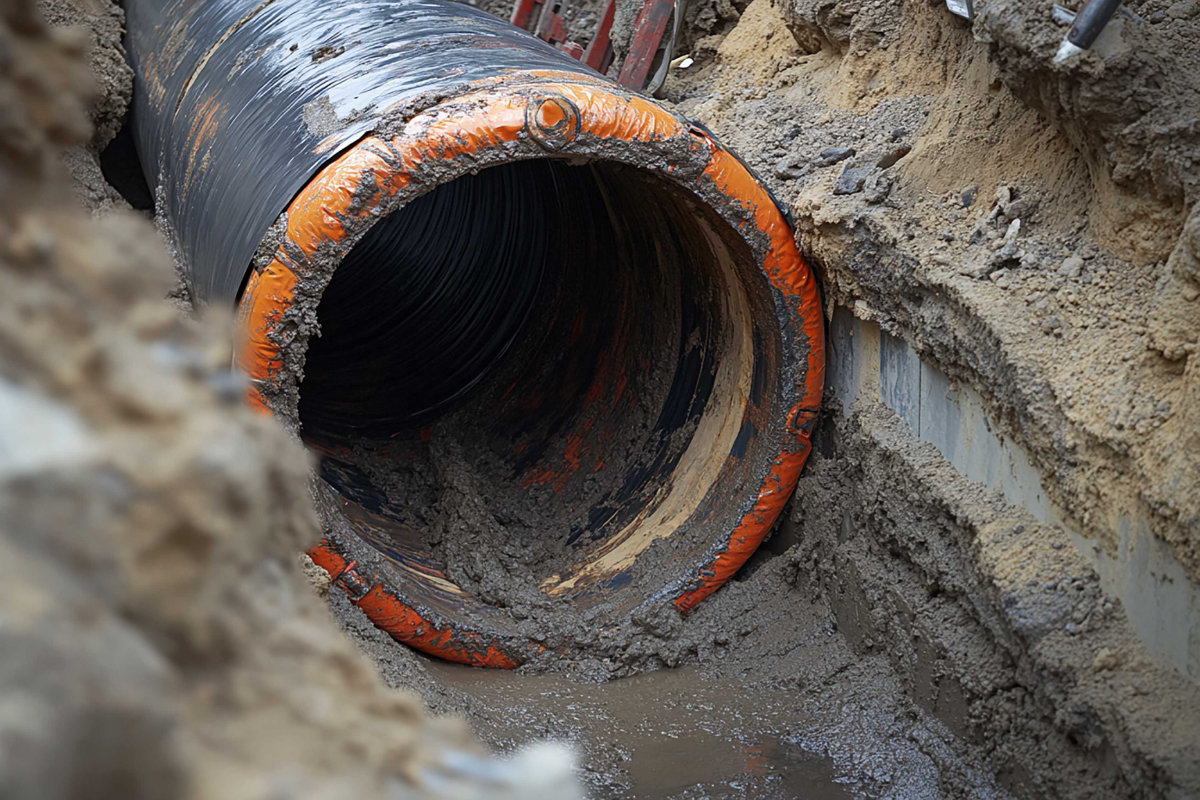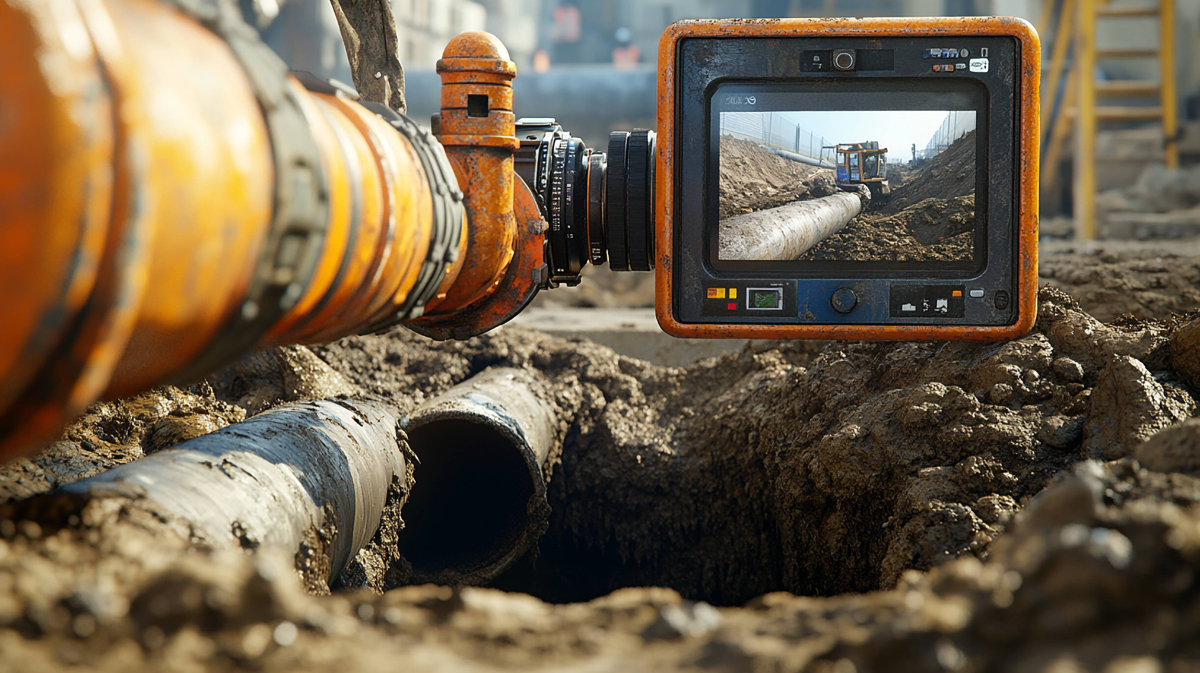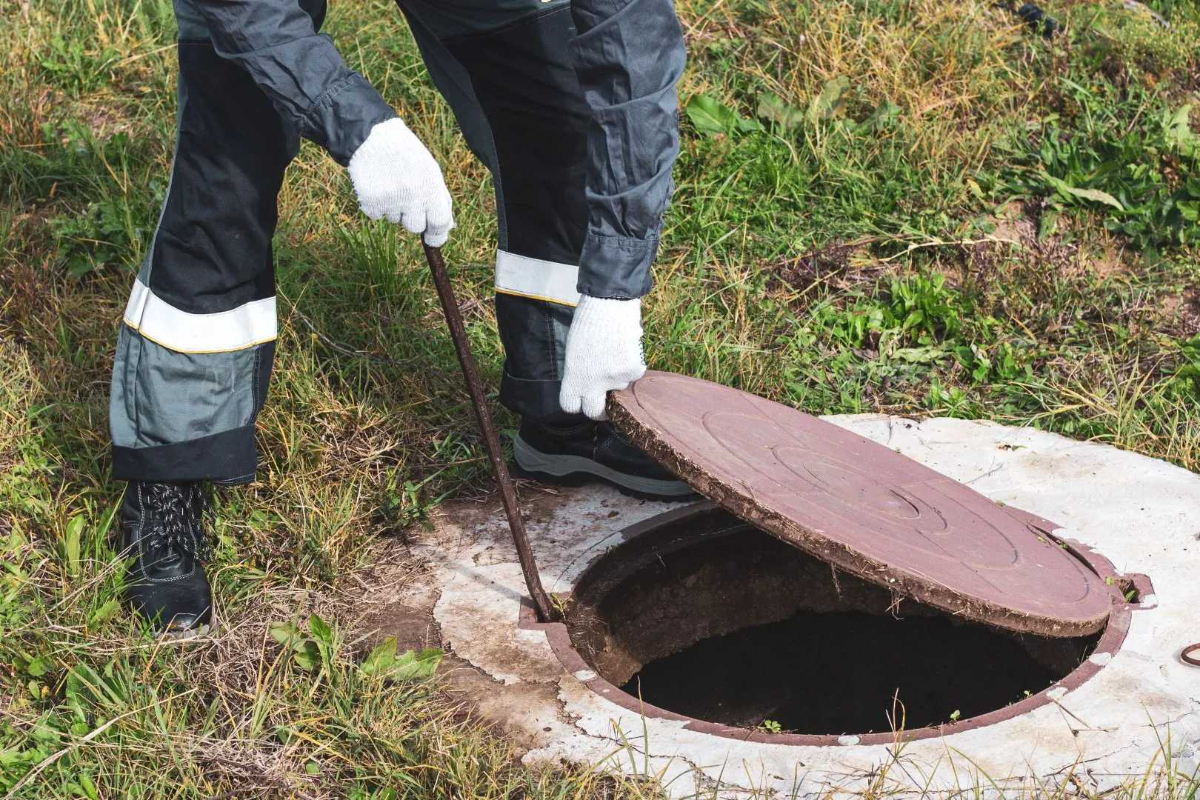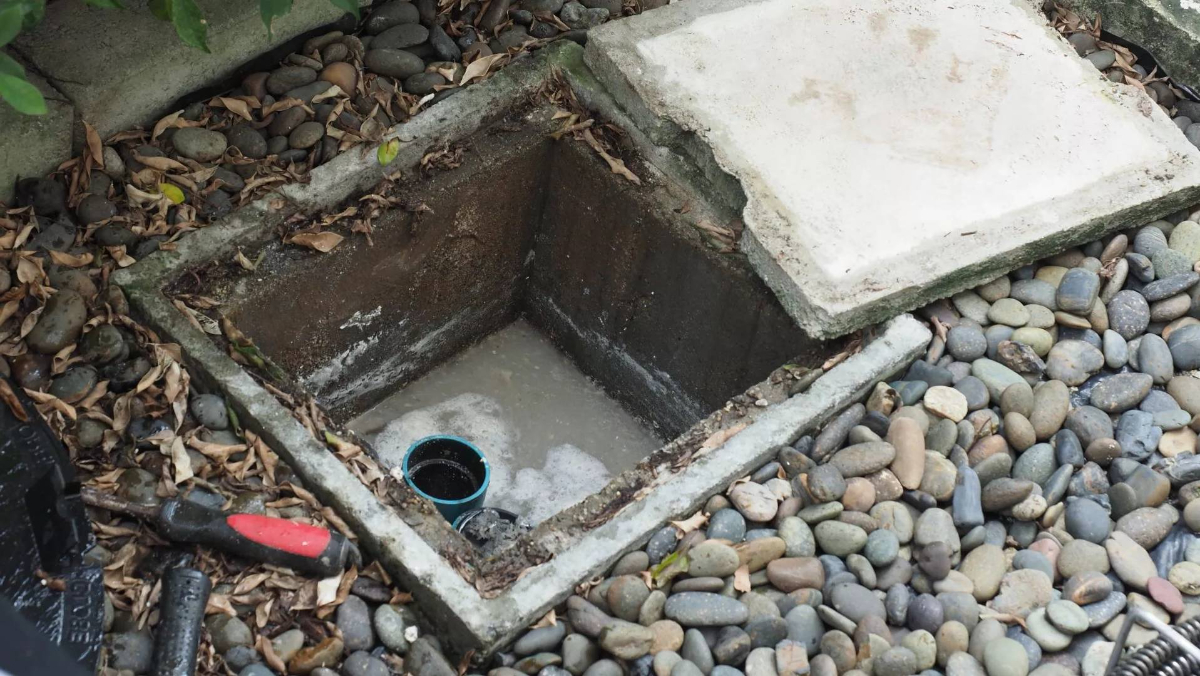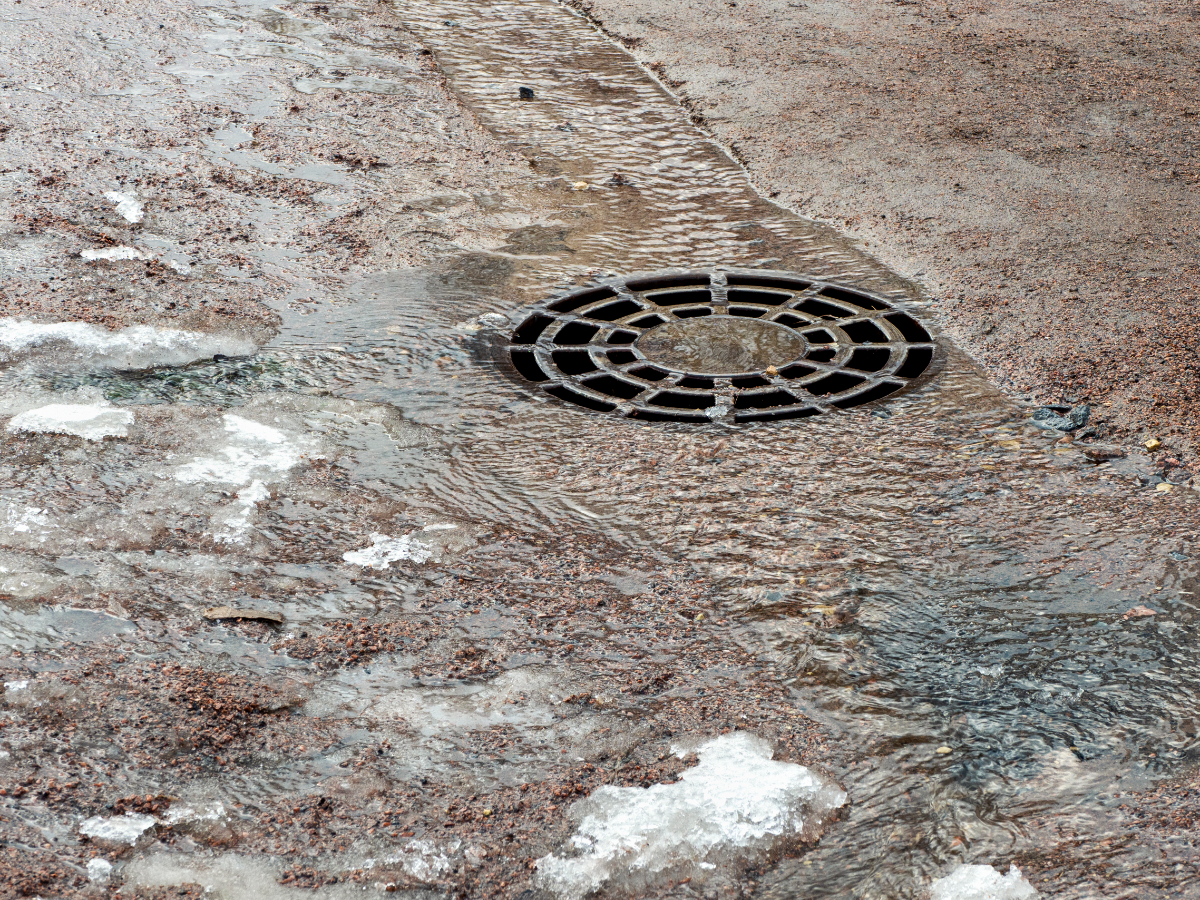Discover how blocked or damaged drains lead to subsidence, causing property damage. Let us protect your foundation through timely drainage maintenance.
What is the Link Between Drains and Subsidence
Subsidence occurs when the ground beneath a property shifts, causing the foundation to sink. One of the leading causes of subsidence is excess moisture in the soil, which often results from leaking or blocked drains. When water escapes from damaged pipes, it can wash away fine particles in the soil, creating voids that lead to instability.
Over time, this weakens the ground, making it difficult to support the weight of the property. As a result, walls may crack, doors and windows may become misaligned, and structural damage can occur. Addressing drainage issues early can help prevent subsidence and protect the stability of a building’s foundation. Regular drain maintenance plays a key role in reducing this risk.
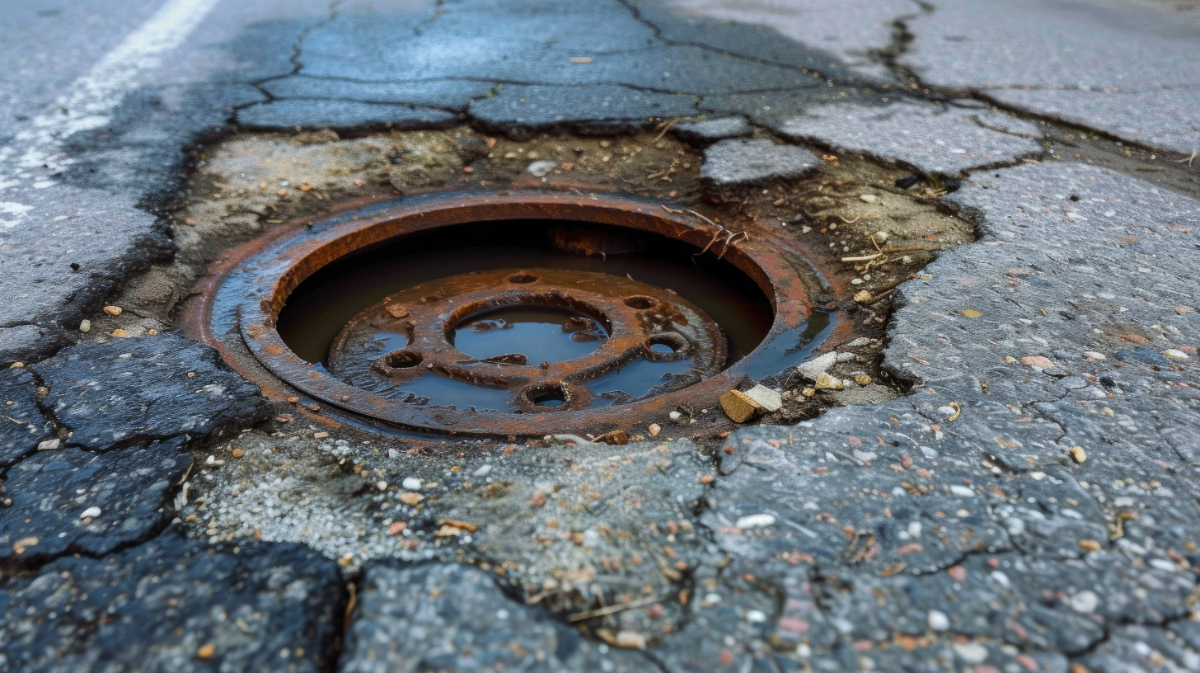
What Causes Drains to Become Blocked or Damaged?
Drains can become blocked or damaged due to various factors, many of which develop over time. A common cause is the buildup of grease, fat, and food waste, which can solidify and restrict water flow.
In outdoor drainage systems, leaves, silt, and debris often accumulate, leading to blockages. Flushing inappropriate materials, such as wet wipes, sanitary products, and excessive toilet paper, can also contribute to drain blockages.
In some cases, external pressures, such as ground movement, tree root intrusion, or heavy vehicle traffic, can cause pipes to crack or collapse.
Structural defects, including pipe misalignment or corrosion, further increase the risk of leaks and blockages, making routine inspections essential for long-term drainage health.
How Leaking Drains Weaken the Soil Beneath Your Property
When drains develop cracks or leaks, they allow water to escape into the surrounding soil. This excess moisture gradually washes away fine particles, leaving behind gaps that weaken the ground’s ability to support a property’s foundation.
In clay-rich soils, leaked water can cause the ground to swell, leading to uneven expansion and movement beneath a structure. In contrast, sandy or gravelly soils may become unstable due to erosion, increasing the risk of sinking.
Over time, this continuous cycle of water loss and soil displacement can lead to visible structural damage, such as cracks in walls or uneven flooring. Addressing leaking drains early is essential to prevent serious and costly subsidence issues.
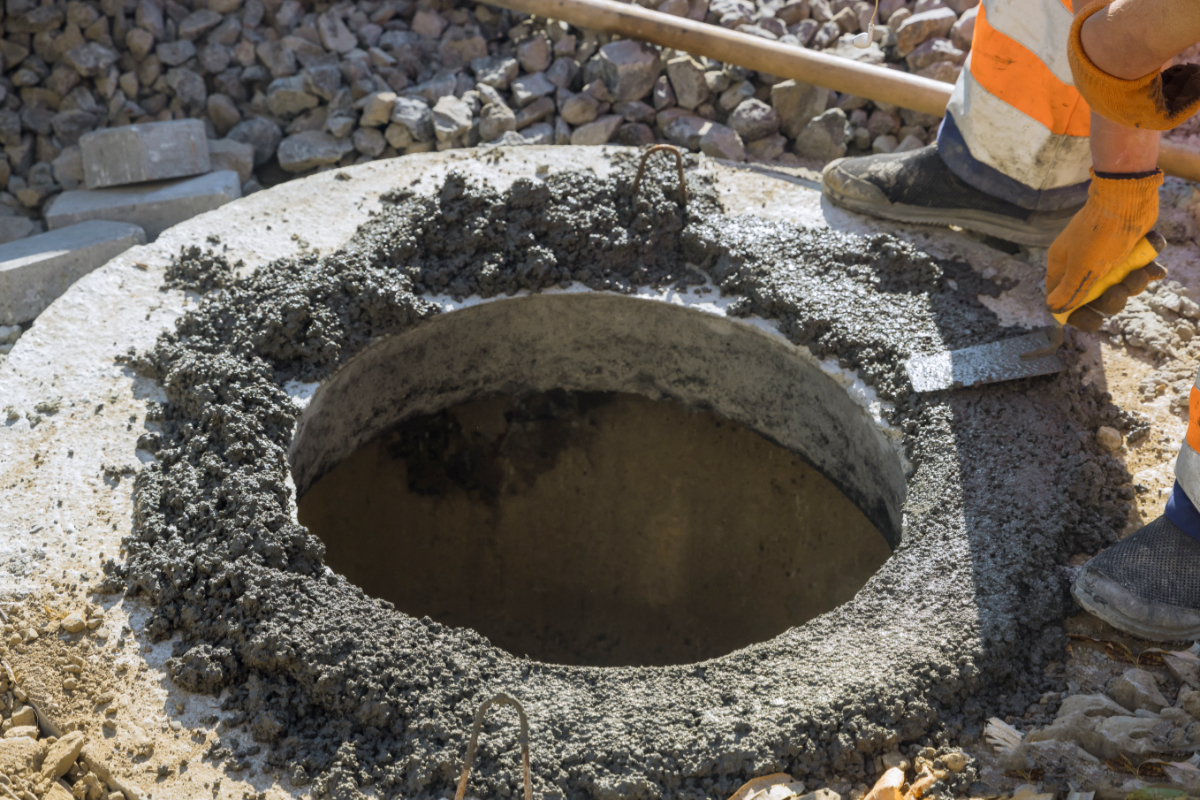
Role of Excess Moisture in Foundation Movement
Excess moisture in the soil plays a significant role in foundation movement and subsidence. When water accumulates due to leaking drains, heavy rainfall, or poor drainage, it alters the soil’s stability.
Clay-based soils absorb water and expand, pushing against foundations and causing structural shifts.
In drier conditions, the soil contracts, leading to further instability. This repetitive swelling and shrinking create movement that weakens the foundation over time. In contrast, loose or sandy soils may become waterlogged, reducing their ability to support the weight of a building.
Managing moisture levels through effective drainage solutions helps maintain soil stability and minimises the risk of foundation movement and subsidence.
How Leaking Drains Weaken the Soil Beneath Your Property
Tree roots are naturally drawn to moisture, making underground drainage pipes a prime target. As roots seek out water, they can infiltrate small cracks in pipes, gradually forcing them apart and creating significant blockages.
Over time, the expansion of tree roots can cause pipes to collapse, leading to leaks and drainage failures. The water released from damaged pipes can further soften the surrounding soil, increasing the risk of subsidence.
Additionally, large trees near a property can extract moisture from the soil, causing shrinkage in dry conditions. To prevent these issues, it is essential to monitor drainage systems regularly and manage tree placement carefully around underground pipes.
Midlands Drainage Solutions LTD specialises in a variety of drain services across the Midlands, offering reliable and efficient services for residential and commercial properties. Our team ensures prompt identification of drainage issues, helping to maintain your property's drainage system in top condition.
